Nowadays, people are more enthusiastic about their own nutrition. A healthy lifestyle, culting the body, is rising in between people of all ages and cultures. As a consequence, vegetables are demanded with no chemical compounds added. These additives are used to improve their durability and resilience, so vegetables can be carried large distances from their origin's field to supermarkets without being spoiled.
Therefore, removing additives led to shorten the distance between production and consumption. And eventually, vegetables were brought to the cities. Eco-friendly and sustainable crops were developed above supemarkets and inside terraces.
In other words, urban farming was born.
At the same time, new growing methods appeared to avoid "essential" requirements of large flat fields. Vertical farming solved the need of great areas inside small houses taking advantage of walls' surfaces. Also, hydroponic systems sorted out the necessity of large amounts of dirt. Both systems, combined together, settled the conditions to allow people to develop urban gardening.
However, not everyone has the expertise to grow successfully their personal crop at home. Plants have many needs to be taking care of continuously such as water, nutrients, light, plagues, etc. Also, there are no holidays break or a time out possible to take because nature doesn't stop.
- How many times have your plants dried because you forgot to water them?
- How many times have you forgotten to add nutrient solution to help them grow?
- How many times have they been burnt because it was too shiny and bright that day?
- How many times was there a leak and the water level was belowed the roots?
Here comes technology to solve all our problems.
Our project aims to create an genuino-based controller, which will potentially:
- assess the water level; rising and dropping it as needed.
- grade water's nutrient concentration; increasing and decreasing it as wished.
- control the light; regulating the plants' time of exposure.
- register temperature and pH changes; noticing them us through WiFi on a website.
- keep a record of everything each hour on a microSD card.
All these inconveniences will be dealt with through automation. But more importantly, genuino's board and sensors can be implemented ad lib. So more sensors will be incorporated if we see their usefulness. Also, you can feel free to not implement those sensors nonessential for your garden/crop.
Additionally, genuino's technology will allow us to extend its application to support anyone who is interested in farming or gardening but has not much time to check on it. Genuino is an open-source software and hardware inexpensive and extensible.
When all annoyances are taken care of, all it rests to decide is what plant you wish to grow. What do you prefer strawberries or cherry tomatoes?.
 Roberto Vicente Romero
Roberto Vicente Romero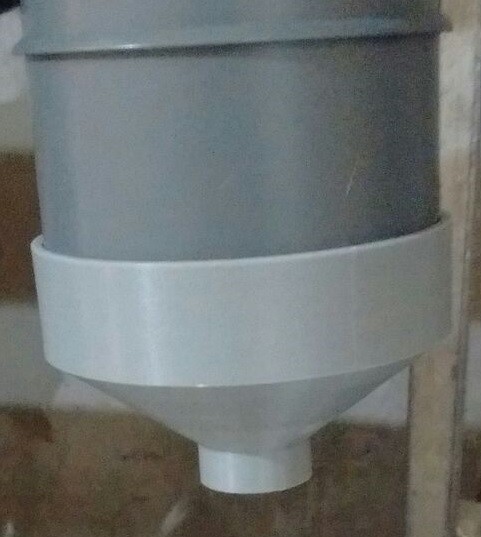
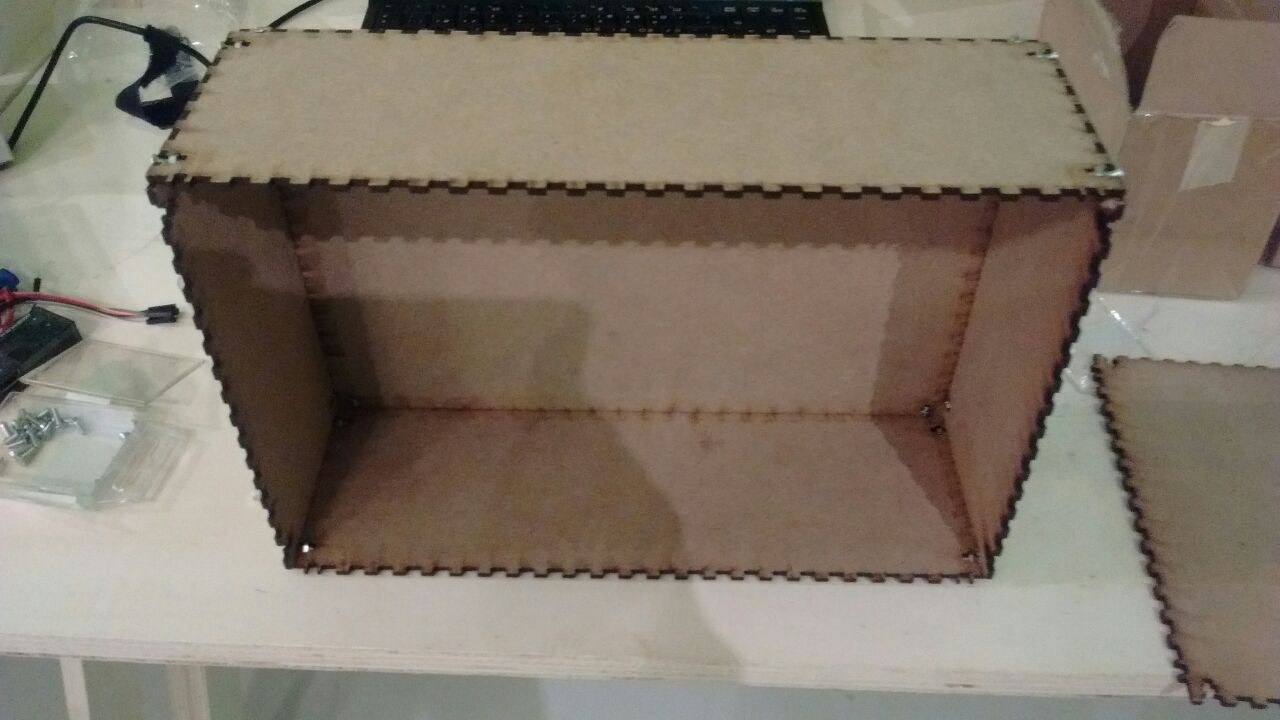
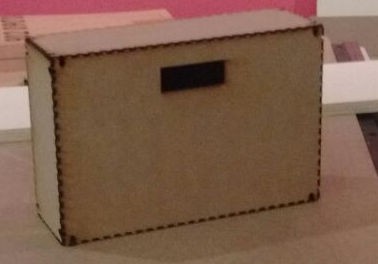
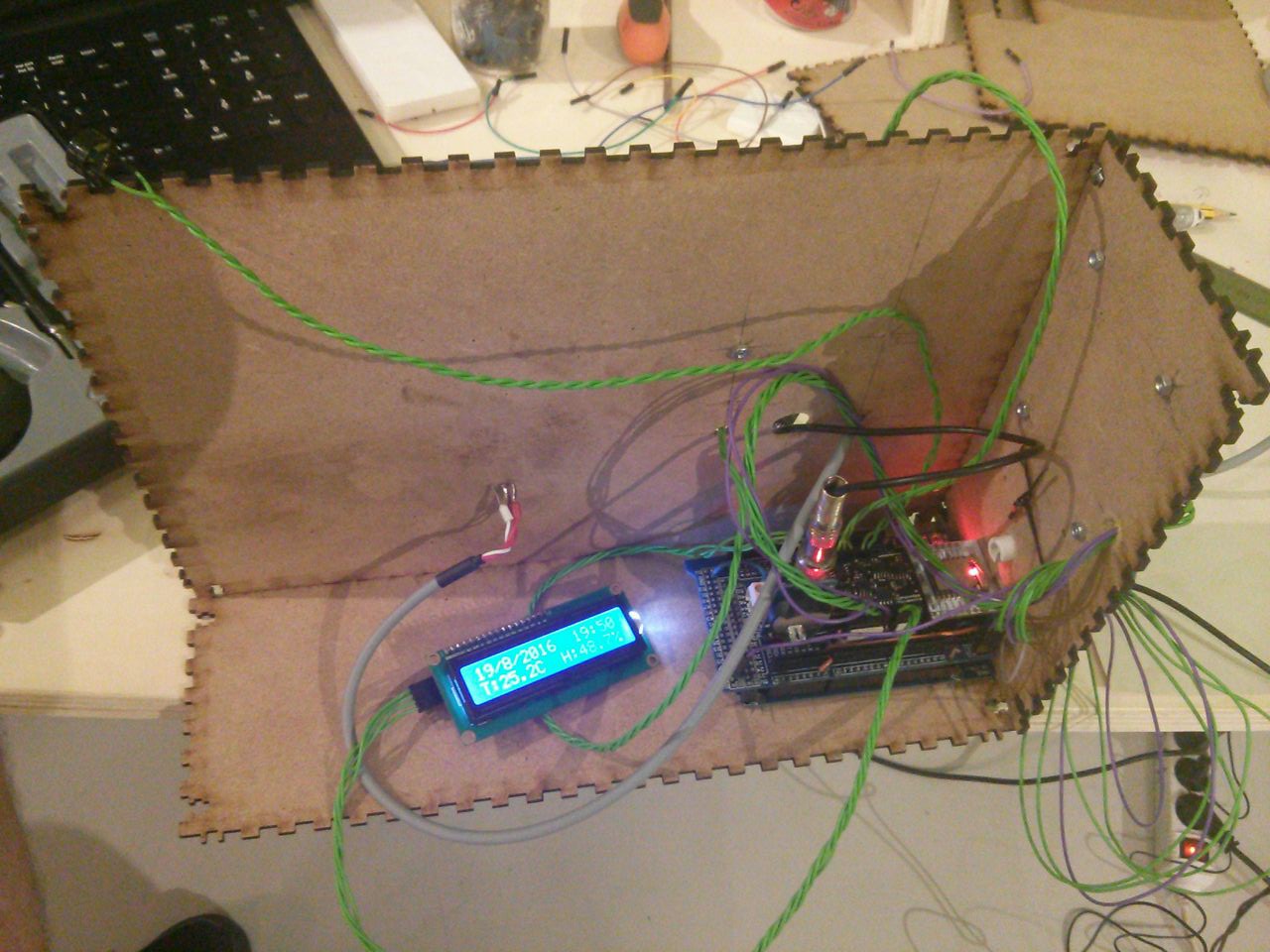
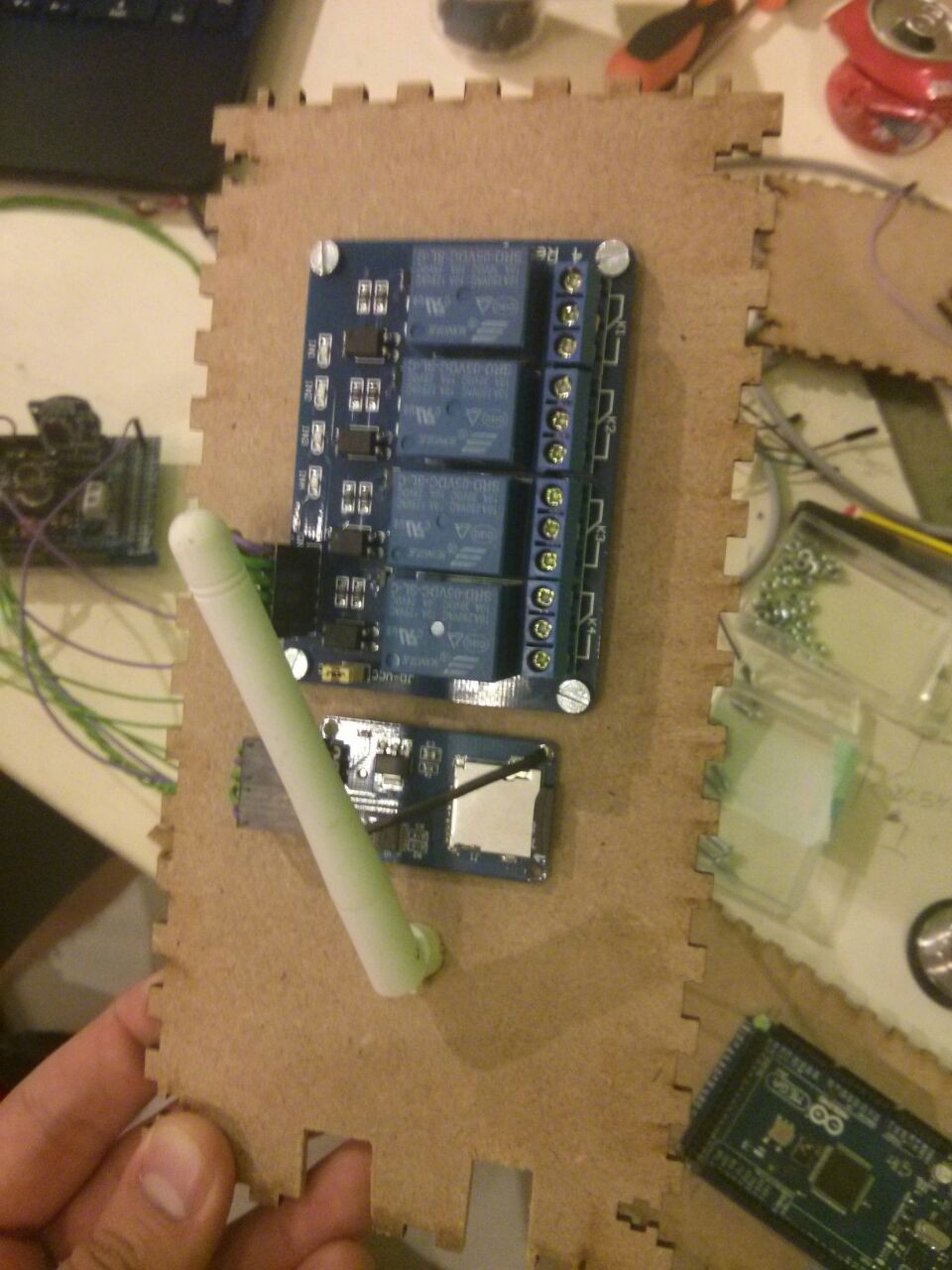
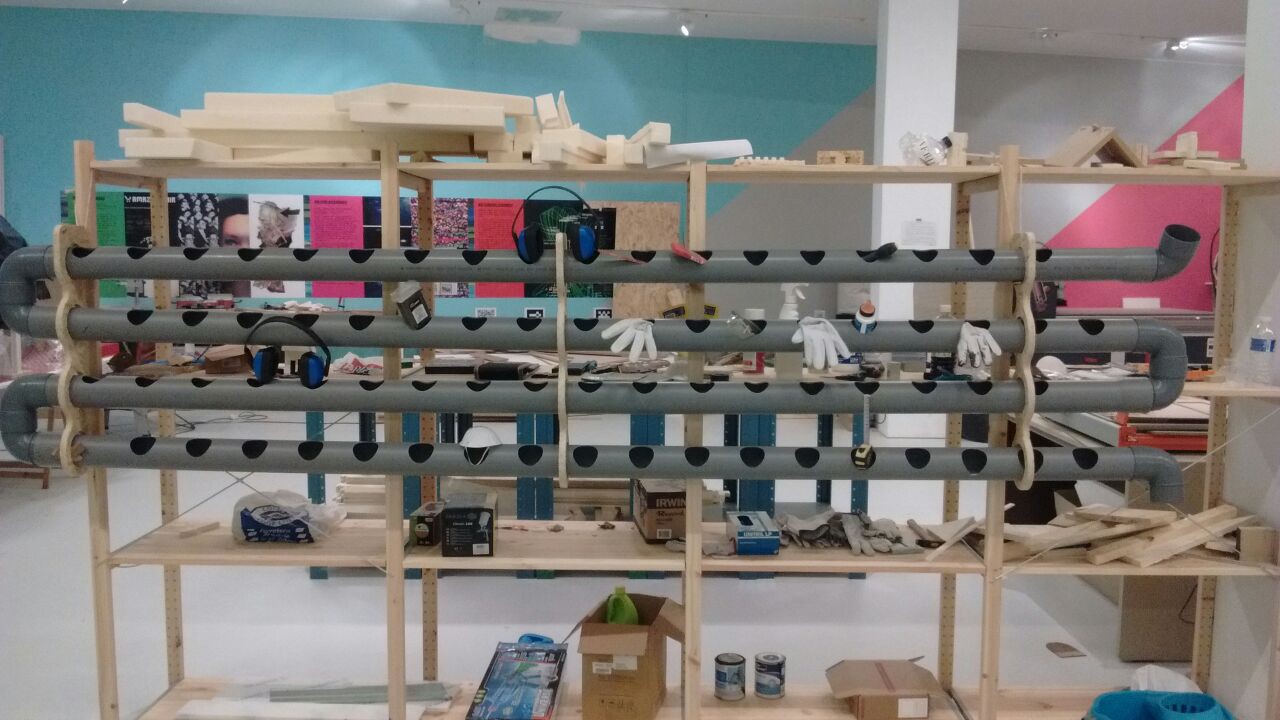
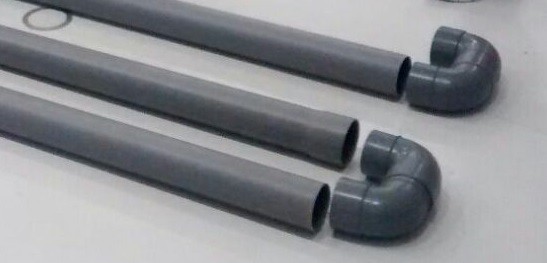
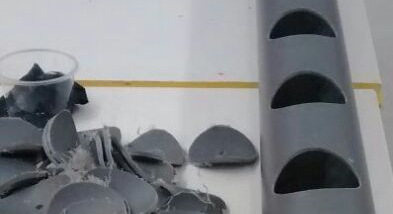

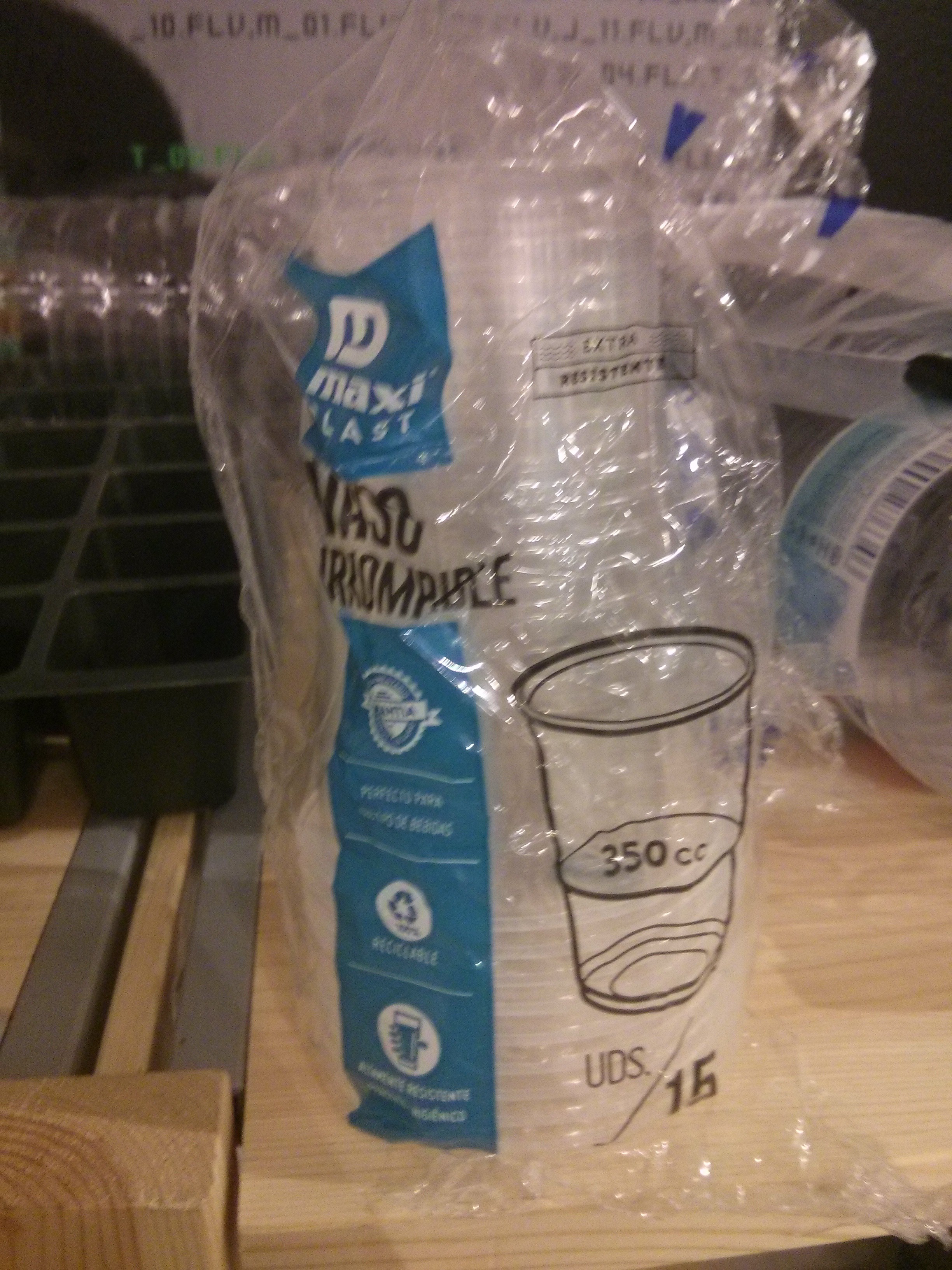

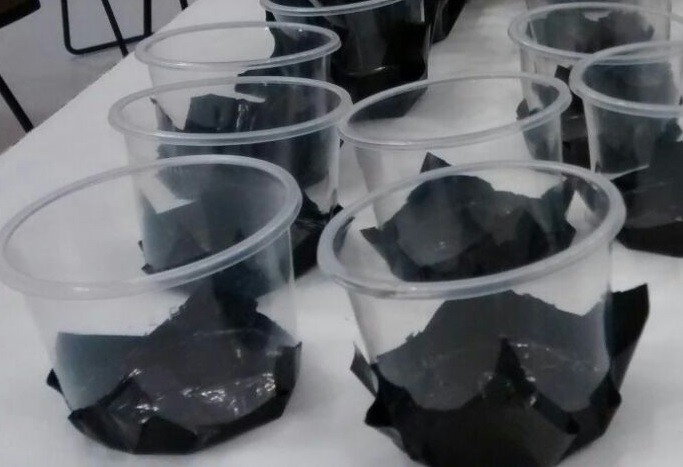
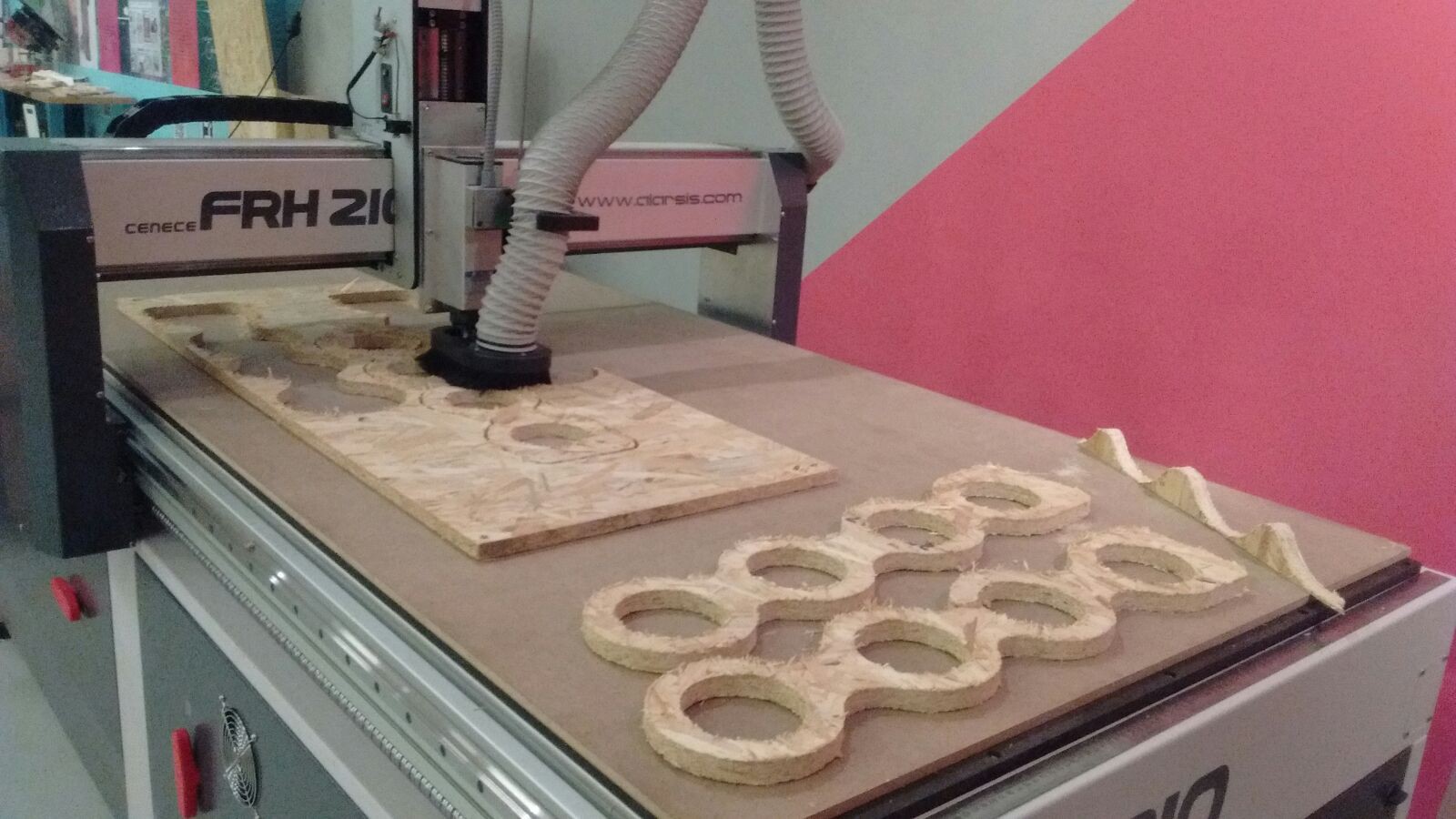
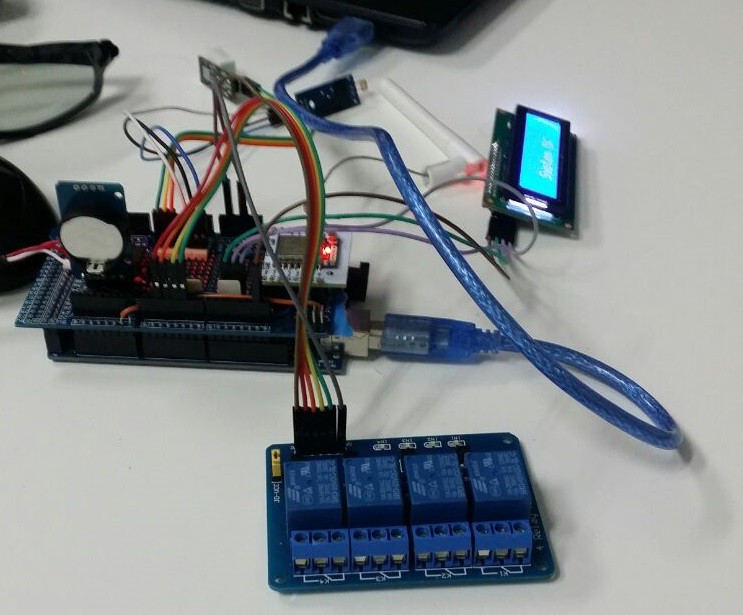
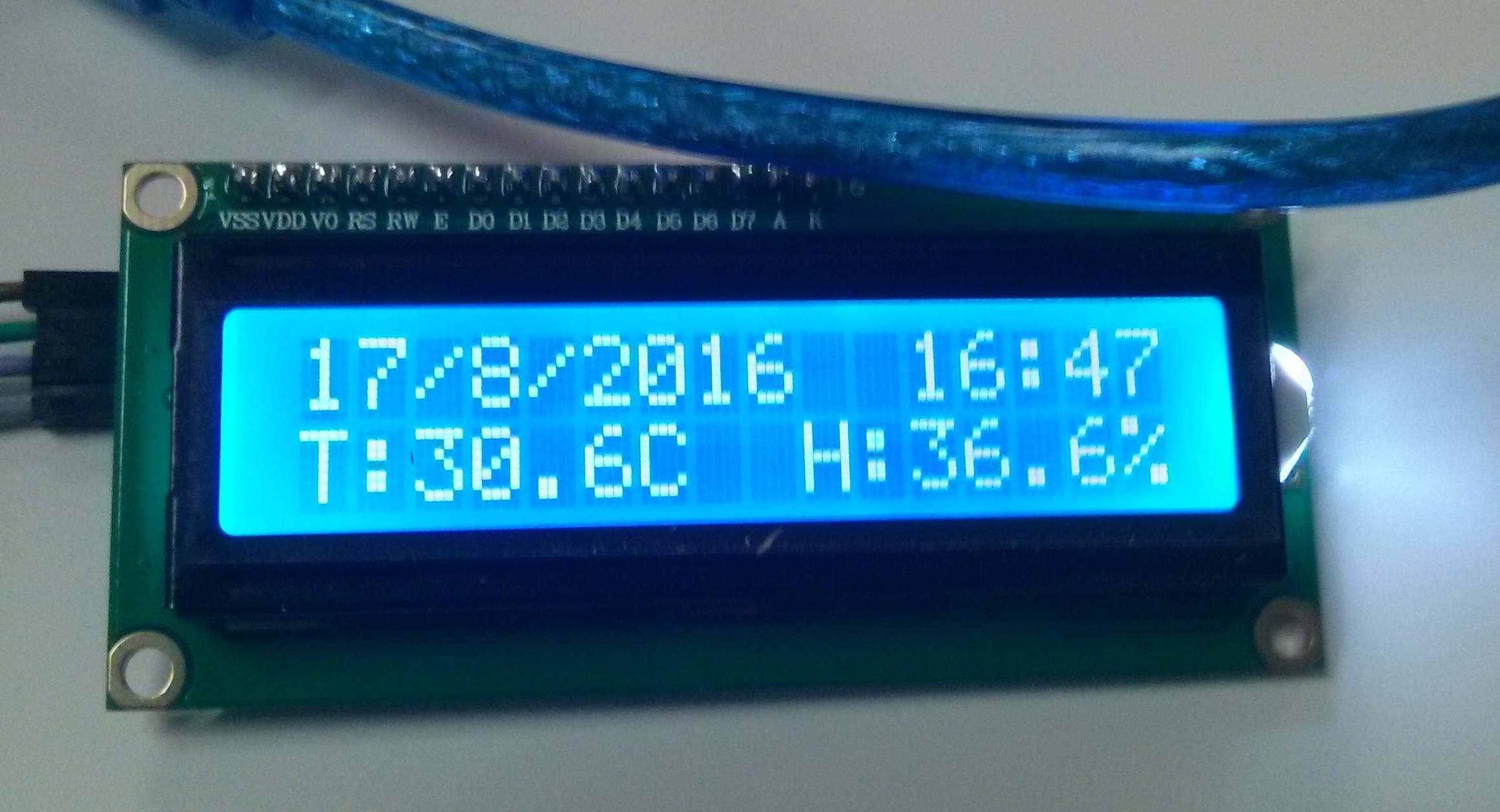
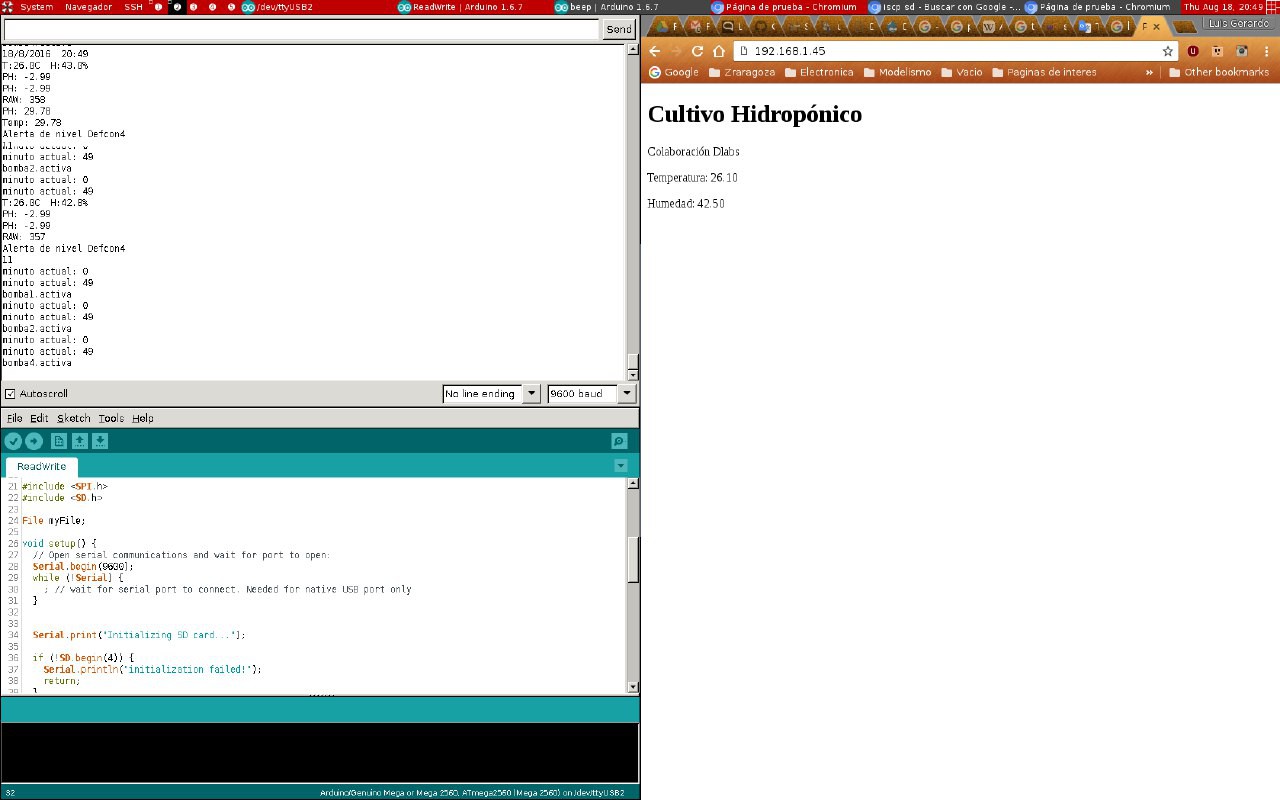
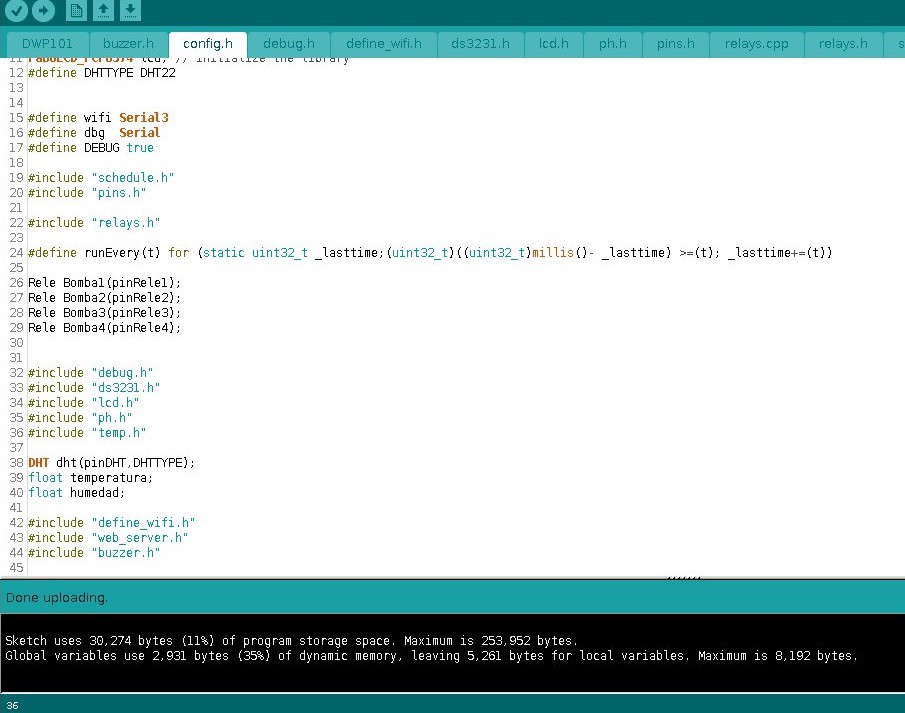
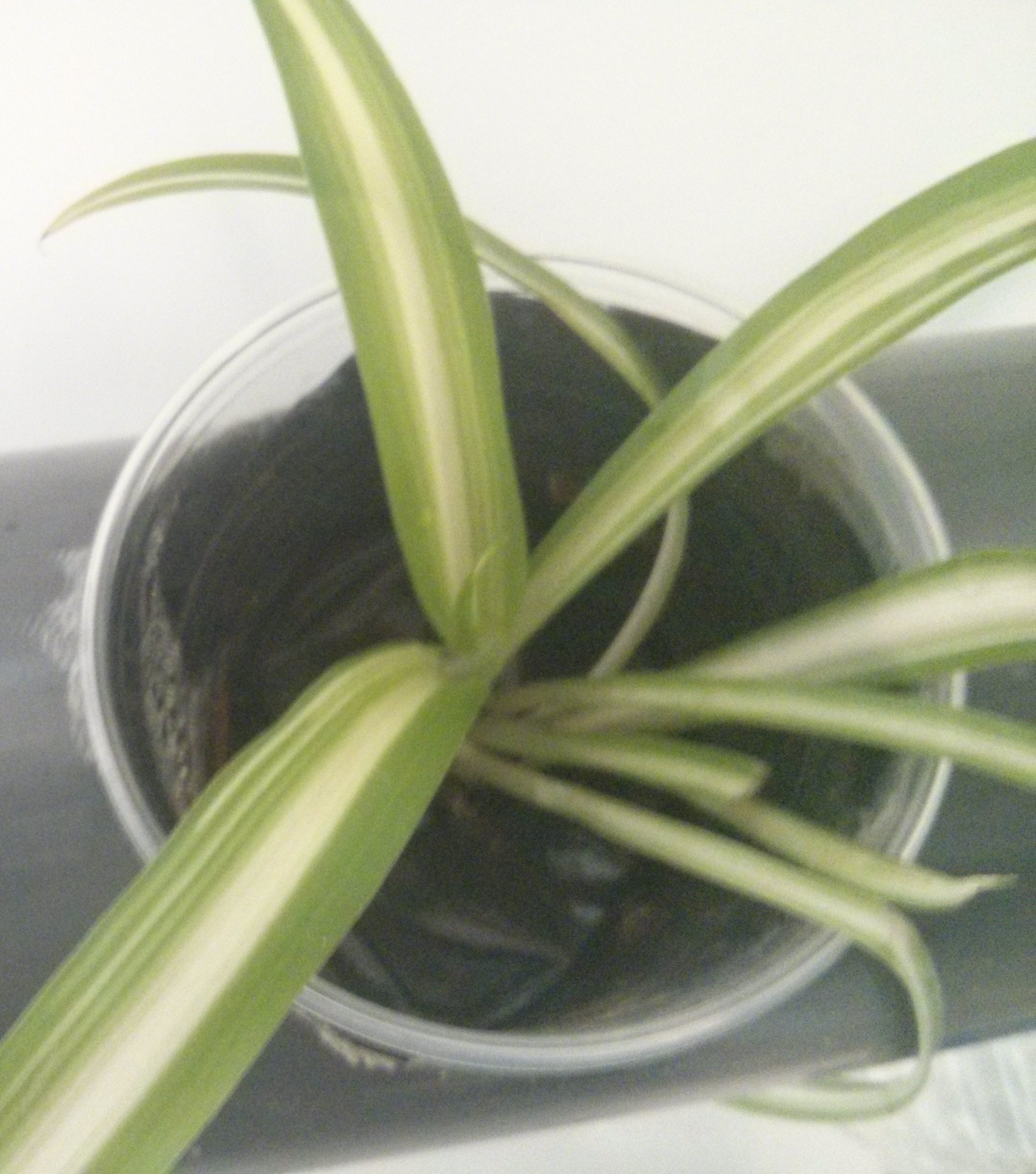
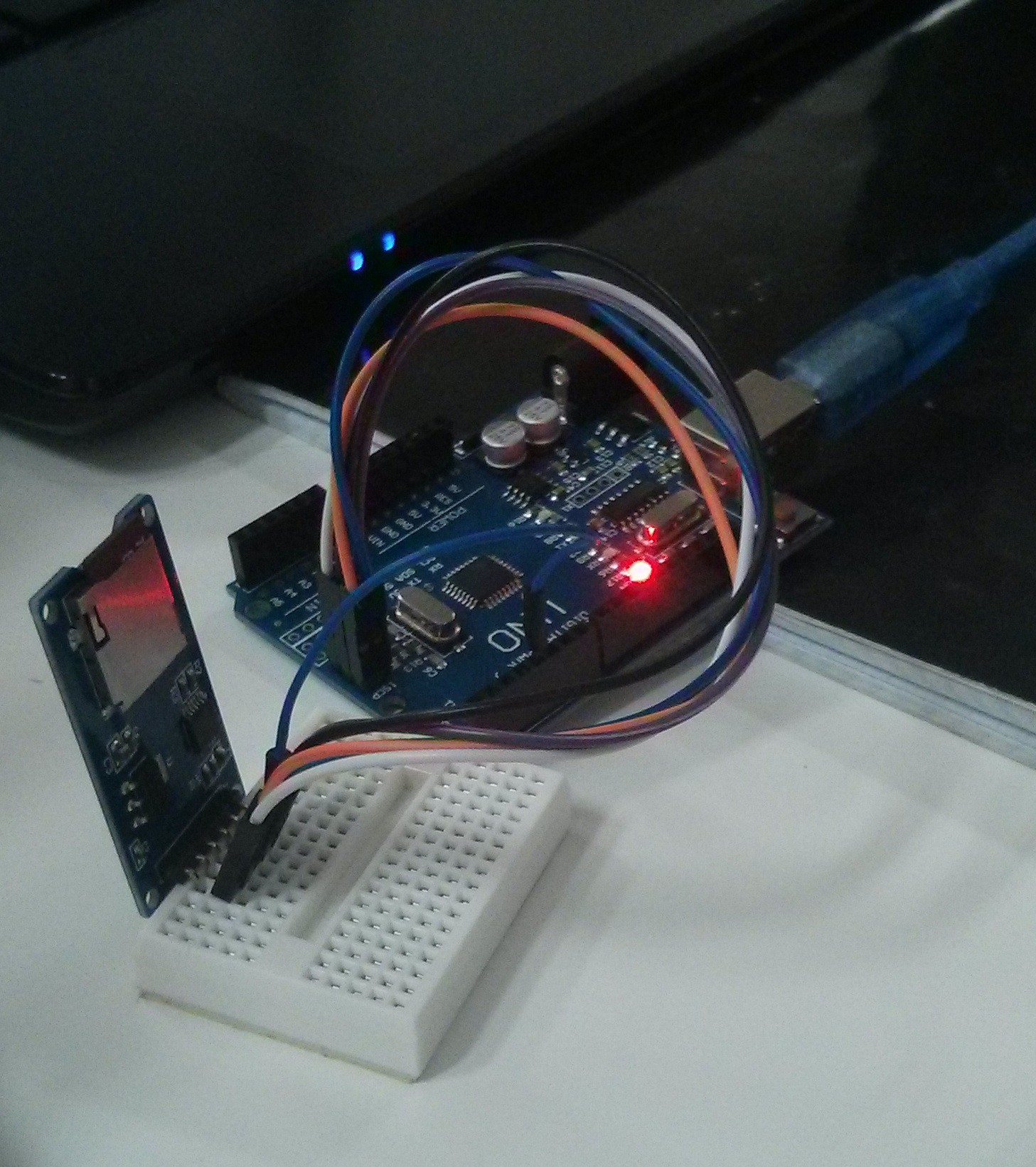
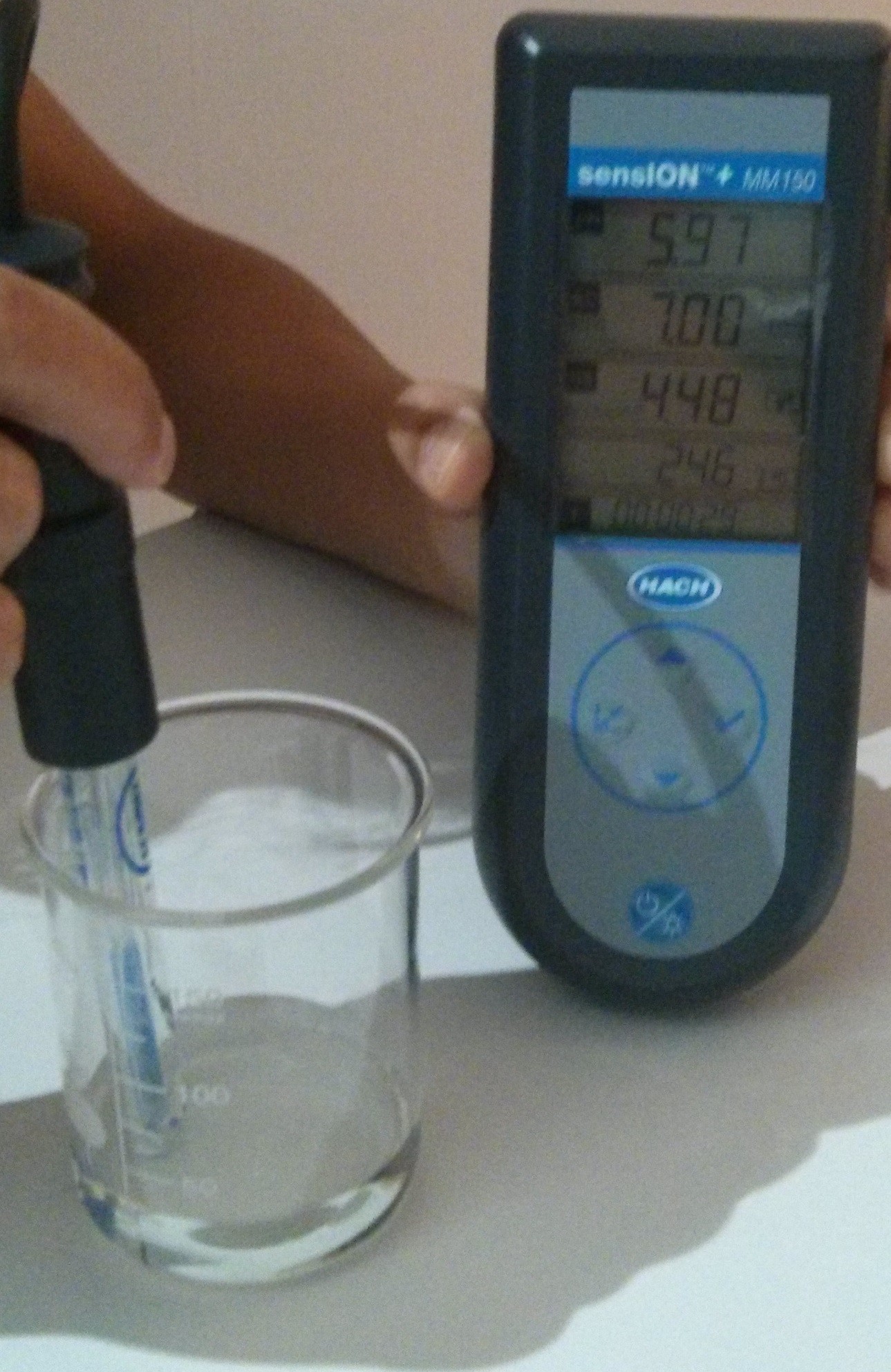
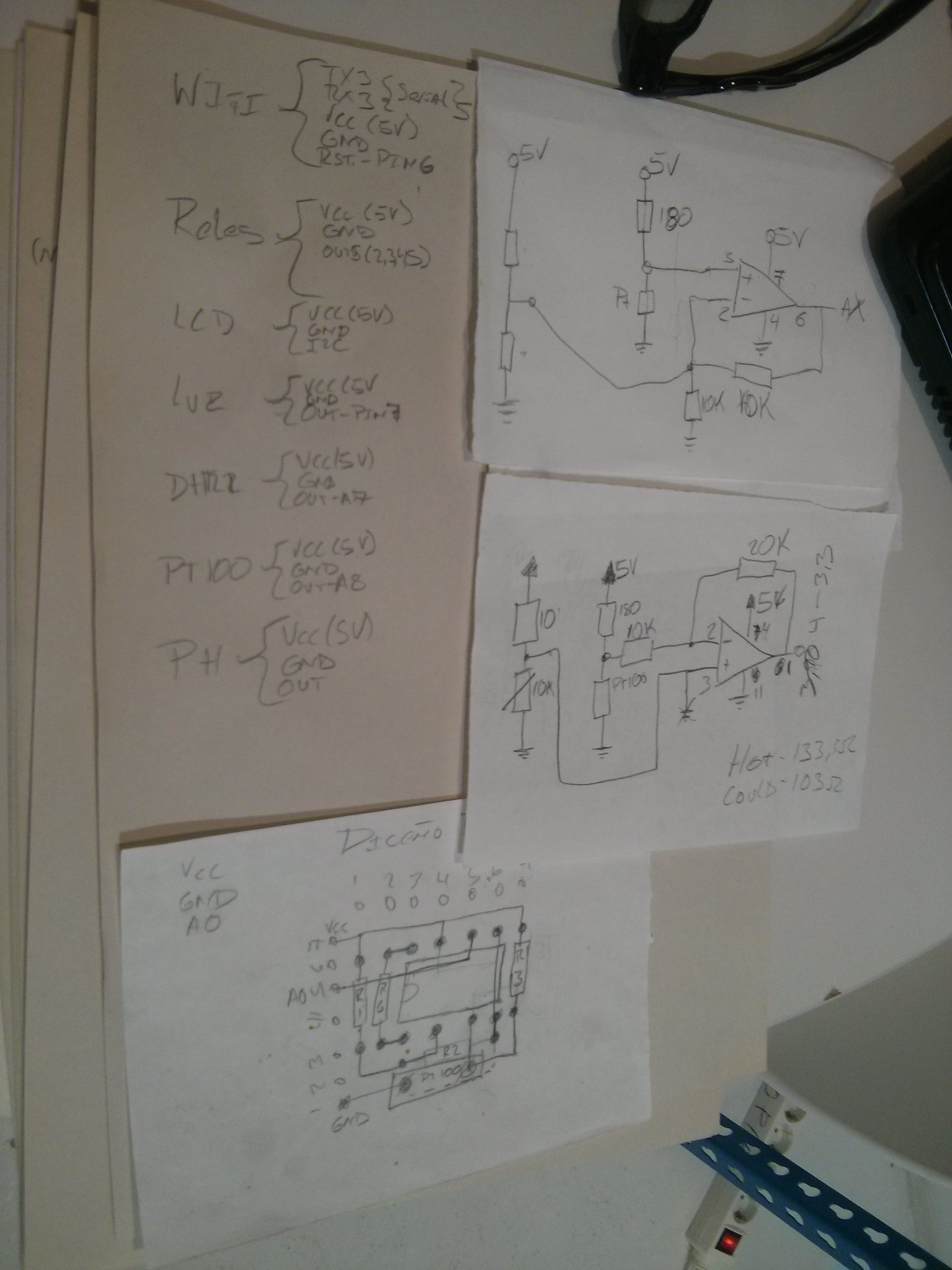

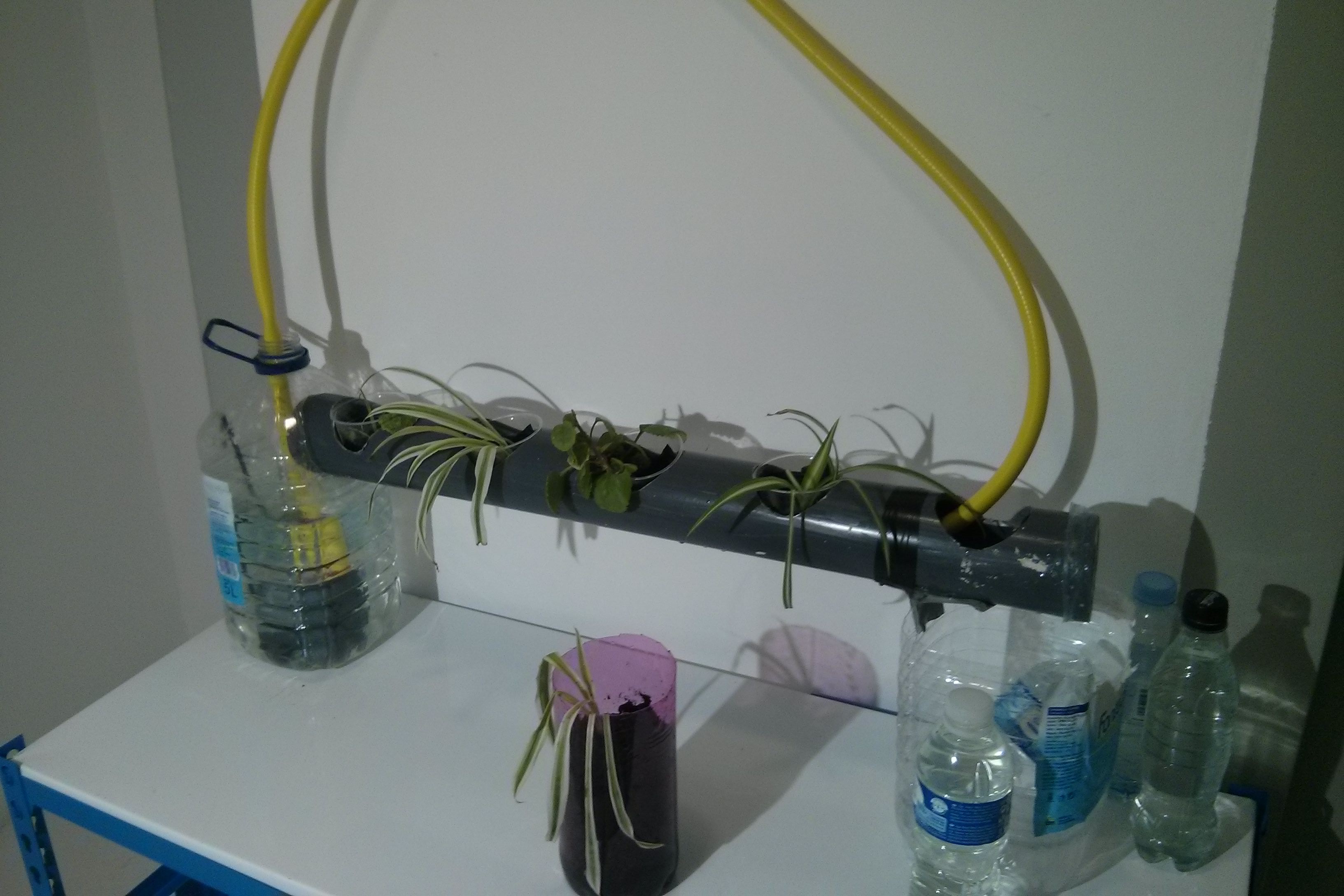

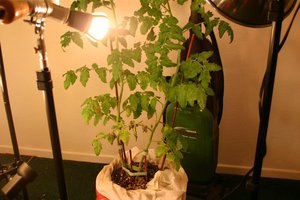
 Em
Em
 Audrey Robinel
Audrey Robinel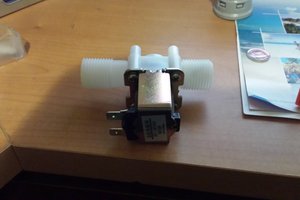
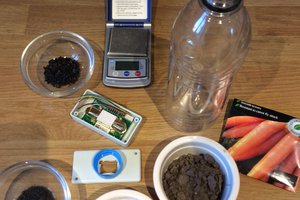
 will.stevens
will.stevens
glad to see another automated hydroponics project! here are mine
Main project
https://hackaday.io/project/2964-hydropwnics
Electricals
https://hackaday.io/project/10457-sunleaf